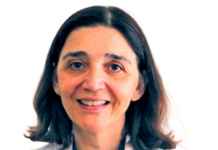Carlos Martín Saborido
Director of the Health Technology Assessment Agency at the Instituto de Salud Carlos III, Spain
From your experience in institutions such as NICE in the United Kingdom and the European Commission, how do you assess the current state of outcome-based payment strategies applied to orphan drugs in Europe?
CMS: In the UE, some countries are using the same tools for orphan drugs as for common drugs, to address both clinical and financial uncertainty. However, some Member States are focusing only on financial uncertainty. So, I think there is no unified or standardized approach to assessing orphan drugs across Europe.
So far, I think that the situation remains very variable. You mentioned NICE, which indeed has a very clear position on how to address orphan drugs. They clearly distinguish between clinical and financial uncertainties, for example, using the Innovative Medicines Fund.
Still, I’m very optimistic. In the next three to four years, when the Joint Clinical Assessments (JCAs) are more widely integrated into national systems, we may start to see some common trends in the way orphan drugs are assessed across Europe.
Which European countries would you highlight for successfully implementing outcome-based financing models for medicines targeting rare diseases? What best practices could be transferred to other healthcare systems?
CMS: It’s somehow complicated to say what constitutes a successful implementation of these outcome-based financing models, mainly because some Member States do not share enough information to properly evaluate how the agreements have actually worked. As a result, it’s difficult to assess the success of these models in practice.
However, we can comment on their implementation, how these models are being put into place, even if we don’t yet know how effective they are. In this regard, Italy is worth highlighting, due to the regional registries they have established, and Finland as well, thanks to the real-world evidence systems integrated into their hospitals. Both countries are very focused on gathering insights and generating evidence from real-world data to assess how these outcome-based financing models are functioning.
We are moving in the right direction, but we still need much more trust and cooperation between Member States
It’s also important to clarify that your question refers specifically to rare diseases, not necessarily to orphan drugs. Outcome-based financing models applied to medicines used in rare diseases are not always applied to orphan drugs. This distinction matters, as certain orphan drugs lose their orphan designation over time when they start targeting larger patient populations. So, in some cases, these outcome-based financing models are not directly addressing rare diseases per se, but rather orphan drugs which may be used for rare diseases or for low-prevalence conditions.
Digitalization and interoperability of health data are key to measuring real-world health outcomes. Is Europe technologically and regulatorily prepared to widely implement outcome-based payment models?
CMS: I would say this is not happening widely across the European Union as a whole, although some Member States are indeed very advanced in this regard. The main limitation probably comes from the lack of data sharing. To successfully implement outcome-based payment models, we need not only strong data digitalization but also widespread access to that data.
I’d also like to mention the European Health Data Space. With its vision and the potential for secondary use of health data to support outcome-based agreements, I think we are moving in the right direction. That said, and to be fair, we still need much more trust and cooperation between Member States.
Within the framework of the new European regulation on joint health technology assessment (HTA), how do you think the incorporation of these innovative payment models could be harmonized among European countries?
CMS: It’s a complex question, especially since you’re referring to joint health technology assessment, so you may be alluding specifically to the JCAs under the new regulation. The main expectation from this regulation is to establish a common synthesis of clinical evidence. What we aim to achieve with the new HTA regulation is the definition of shared outcomes that can be measured and included into innovative payment models.
I think this is something that needs to be emphasized in the coming months: we need to acknowledge that the Joint Clinical Assessment (JCA) will define a set of outcomes that are relevant at the European level. These are the outcomes that should serve as the basis for innovative payment models. This is the only way to ensure that the data generated is comparable and usable across Member States, and this is essential for harmonizing outcome-based models across European countries.
We need to recognize that both the number and type of outcomes required should be driven by the Joint Clinical Assessment. Otherwise, each Member State may select different outcomes for their innovative payment models, which would hinder alignment and comparability across the EU.
From an international perspective, what structural or methodological barriers still persist for the adoption of value-based models in the field of orphan and advanced therapies?
CMS: This question overlaps with the topic of advanced therapies, so I’ll try to address it more broadly, although I believe we’re actually discussing distinct but related issues.
The first challenge is the definition of value, what exactly do we mean by it? Value is not limited to clinical benefit; it’s not just about efficacy or safety outcomes. Many other factors come into play when assessing value. So, I would say the first methodological barrier is precisely the lack of a common, agreed-upon definition of value. The second barrier is the ability to collect data that reflects that value. We need a clear and consistent methodology for capturing such data.
One critical aspect of defining value is understanding the real burden of rare diseases and the impact that new technologies have on that burden. This is extremely challenging. In Spain, for instance, we’re working on a project called Argos, which aims to collect data on the resources patients use to live with a rare disease. I believe this kind of information is essential for accurately defining value.
If we are able to gather the right data, define value properly, and share information efficiently, we can move forward
In addition, there’s also a structural barrier related to data collection: the lack of a shared data collection system and coordinated infrastructure. For some orphan drugs and rare conditions, the European Reference Networks are already collecting and sharing common datasets. This is a valuable model that could be replicated in the context of pricing and reimbursement. Moreover, we should aim to collect relevant data directly from patients, not only from clinicians, as this remains a limitation in many cases.
If we are able to gather the right data, define value properly, and share information efficiently, we can move toward robust value-based and outcome-based agreements.
How can it be ensured that these financing models always prioritize clinical benefit and equity in access over other interests, especially in rare diseases where evidence is more limited?
CMS: This is a serious misconception, the idea that we should prioritize clinical benefits above all else. Of course, we need to set priorities, but they should not be based solely on clinical outcomes. In fact, in the previous two questions we’ve already discussed the broader concept of value. I believe that focusing exclusively on clinical benefit is a trap. If we prioritize only clinical outcomes, we risk overlooking treatments that truly deliver meaningful value.
Take, for example, a new drug or technology that may offer only modest clinical benefits, but significantly improves the lives of caregivers by simplifying care or easing daily routines. That treatment should be reimbursed, not just because of its clinical efficacy, but because of the overall value it brings to patients and their support networks.
When we talk about rare diseases, it’s rarely just about clinical benefit. It’s also about how a technology improves the quality of life for informal caregivers, parents, and others who support the person living with the condition. So I apologize if my position seems disruptive, but I firmly believe that clinical benefit alone should not be our sole priority. We must prioritize value, and, equally important, equity.
We must adopt a holistic view, considering not just clinical benefits, but the broader value a new therapy or technology brings
Looking ahead, what opportunities do you identify to strengthen European cooperation around assessment, reimbursement, and outcome-based financing of orphan drugs, with the goal of achieving more equitable and efficient access to innovation?
CMS: You mention three main areas here, assessment, reimbursement, and outcome-based financing. I believe it’s essential to approach them step by step.
The first priority must be collaboration to establish a shared value framework for assessment. Only once that foundation is in place can we meaningfully move forward with discussions on reimbursement and financial models. Without a common framework for value assessment, we risk creating inconsistencies across Member States, with some approving drugs based solely on clinical benefit, while others reject them due to differing interpretations of that benefit. That’s why defining a shared value framework is not only the first step, but the most critical one.
Regarding outcome-based financing in the context of orphan drugs, it’s important to recognize that it may not always be the right solution. What we truly need is innovation in financing, and that doesn’t necessarily mean outcome-based models.
Returning to the earlier point on clinical outcomes: if we rely exclusively on outcome-based agreements and focus only on measurable clinical results, we may end up tracking outcomes that provide little or no real clinical benefit. In many cases, what we need is a value-based financing model, not merely an outcome-based one.
Sometimes, value-based systems will include outcomes, particularly when the value lies in clinical efficacy or effectiveness. But other times, the value may lie elsewhere. Therefore, we must adopt a holistic view of patients with rare diseases, considering not just clinical benefits, but the broader value a new therapy or technology brings. This is why collaboration is key: only by working together can we build a robust and consistent value framework for assessment. Only then can we move forward with reimbursement models and value-based agreements.
So, when it comes to rare diseases, we likely need to shift toward financing systems that are value-based, not purely clinical or outcome-driven. Otherwise, we risk missing a substantial part of the value these new technologies offer.






















